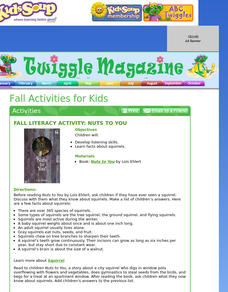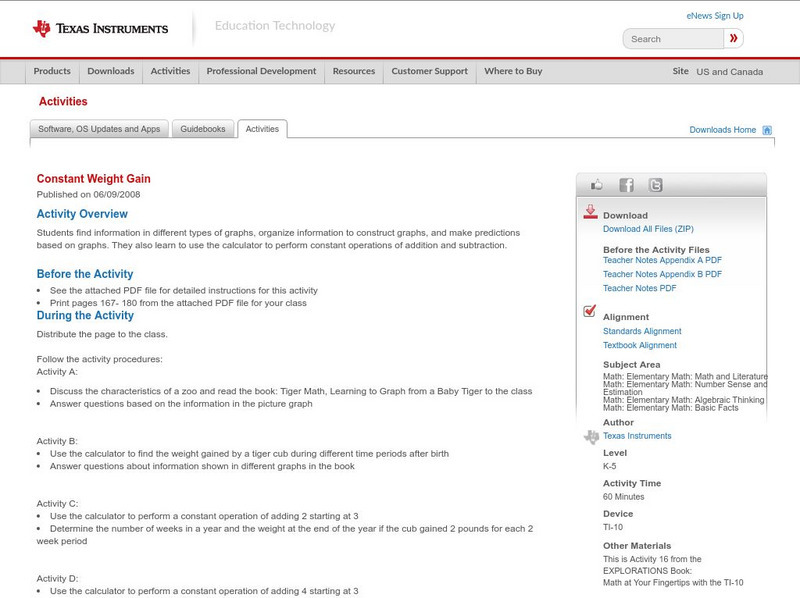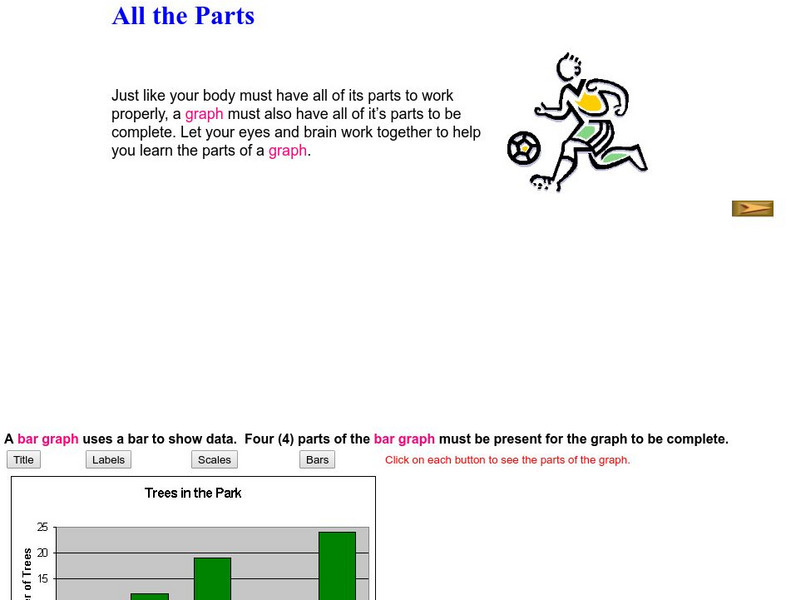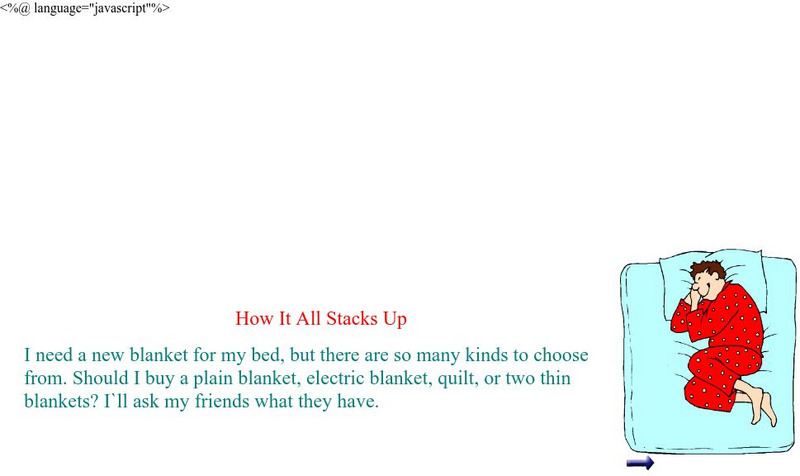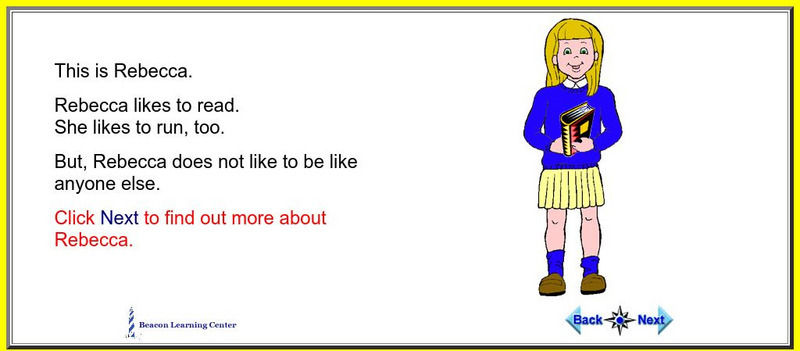Curated OER
Jelly Bean Count
Students study graphs. In this mathematics lesson, students count and make a graph use jelly beans by sorting the jelly beans into colors. Students write the amount of each color under the color written on the graph paper and color that...
DLTK
Groundhog Paper Craft
Get crafty this Groundhog's Day with a hands-on activity that combines creativity and making predictions. Scholars color, cut out, and put together a friendly image of a groundhog and showcase whether they feel the weather will be sunny...
Curated OER
Nuts About Squirrels
Early childhood students will develop listening skills as they read "Nuts To You" by Lois Ehlert. In this lesson students will learn about Students will learn facts about different types of squirrels and their behaviors. There will be a...
Scholastic
Will He See His Shadow? Groundhog Day Activities
What a fantastic collection of activities for celebrating Groundhog Day! This resource includes a variety of holiday reading selections, groundhog facts, links to printables, story comprehension lessons, and much more!
Other
Pre K Pages: Question of the Day Graphing Activities for Preschool, Pre K, and K
A question of the day is a graphing activity that can be used to teach young children in preschool or kindergarten how to collect and organize data in a graphic representation as well as teach them how to analyze the data. This site...
Shodor Education Foundation
Shodor Interactivate: Bar Graph Sorter
An applet allows students to sort shapes into a bar graph by color and shape. The learning resource consists of the activity, instructions, instructor notes, and additional resources.
Texas Instruments
Texas Instruments: Constant Weight Gain
In this activity, students find information in different types of graphs, organize information to construct graphs, and make predictions based on graphs. They also learn to use the calculator to perform constant operations of addition...
University of Cambridge
University of Cambridge: Nrich: A Shapey Network
Sharpen your problem solving and logic skills on this network activity. There is a "Printable Page," link if you want to print it out to help you with your strategy.
University of Cambridge
University of Cambridge: Nrich: Find a Path
Sharpen your problem solving and logic skills on this network activity, Find A Path. There is a "Printable Page," link if you want to print it out to help you with your strategy.
Beacon Learning Center
Beacon Learning Center: All the Parts
The activity investigates bar graphs. Students learn about all the parts of a graph.
Beacon Learning Center
Beacon Learning Center: How It All Stacks Up
The resource examines how to use bar graphs to organize and display data.
Beacon Learning Center
Beacon Learning Center: I Am Special
The activity investigates picture graphs. Learn about Rebecca through picture graphs.
Beacon Learning Center
Beacon Learning Center: Play Ball
An interactive web lesson shows examples of pictographs and challenges students to answer questions about the graphs.
Other
Communication in Math Activities for Grades K 2
Early learners can build their math communication skills with these "Real-world," writing and problem solving activities. Students focus on developing strategies for using math vocabulary and writing about math.
Beacon Learning Center
Beacon Learning Center: Piece of Pie
This is a tutorial for creating and practice interpreting pie charts. They use the example of number of people in each of 24 families to demonstrate how the pieces of pie are created. Then questions were asked and students input the...


